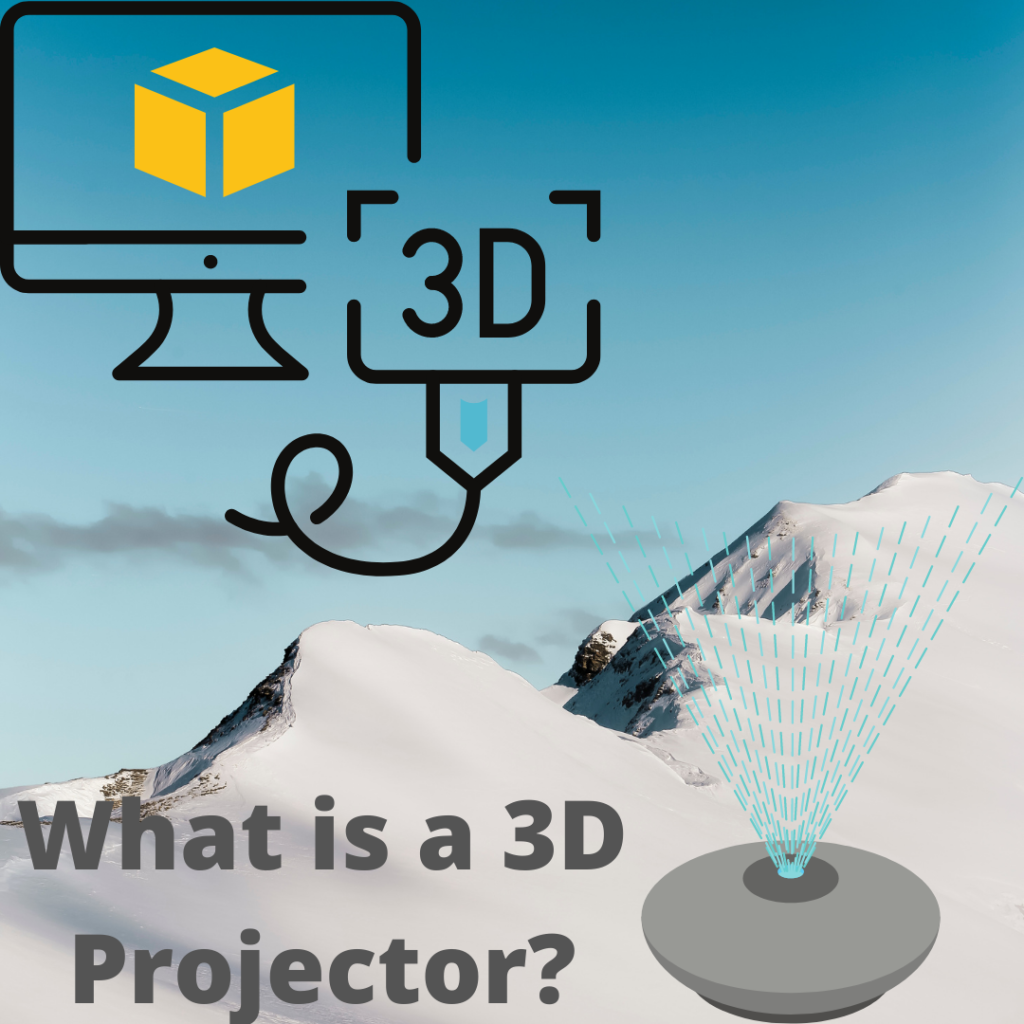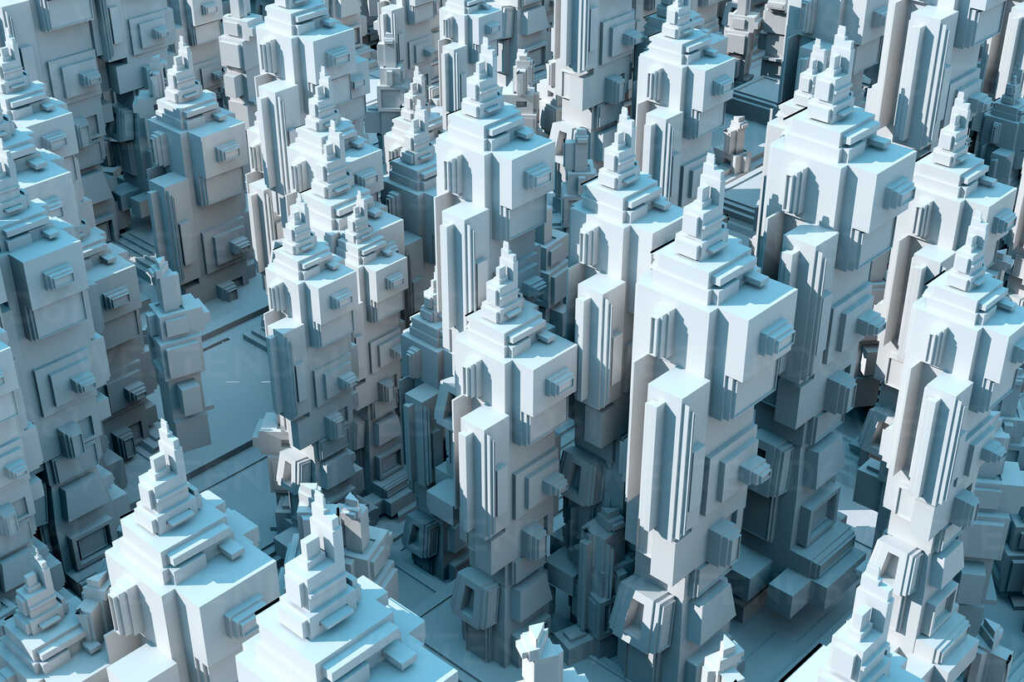Nowadays, 3D movies and projection is getting fame and popularity because of growing demand. With the growing demand, the supply of 3D-ready and full 3D projectors is also increasing in the market. You can get a 3D projector of every category, from low resolution and less priced projector to expensive ones. Let’s discuss more about 3D projectors to get more knowledge about them.


What is a 3D projector?
With a 3D projector, you can have three-dimensional data on a two-dimensional screen. It allows the viewer to sense depth to feel the real-time experience. This simulation of depth is created with two nearly identical images projection on the screen. You need to wear a pair of glasses to see each eye’s image. These glasses can filter polarity, which helps you see the projected 3D image.
Types of 3D Transmission Formats
3D images display movies, videos, games, pictures, and user interfaces. It does it using technologies like LCoS, DLP, and LCD. The transmission of 3D images is in one of the four formats. We will provide more information about these formats in this article.
- Frame Sequential
One of the most basic types of transmitting the 3D signal is frame sequential data format. The signal transmitted will be in full resolution, with one sent at 120 frames per second to the projector. It sends the frames in an alternate sequence, sending one image to the right eye, followed rapidly by another to the left. This sequence happens continuously back and forth throughout your entertainment. It requires the ability to receive a 120HZ signal which is the high bandwidth format for a full-resolution signal.
- Frame Packing
Frame packing is quite similar to frame sequential or somewhat correlated. They might not be in the same format as they have one significant difference. In this format, the device sends left and right eye images of the same type. The images are stacked atop one another with only a small space between each. After this, the projector needs to separate the pictures to display them in the right sequence. Instead of two smaller frames, you get one giant-sized, double-height frame. It sends the signal at 60HZ or 24HZ.
- Side-by-Side
DirecTV popularizes this 3D format side-by-side 3D. It involves two frames, and 3D signals compress the original image resolution to half the size it was before. This format sends the signals in simultaneous behavior for the 3D projector to display. The 3D projector displays them so that each eye gets different images stereoscopically. After receiving the signals, the 3D projector separates and resizes them to correct resolution, which can cause some loss of resolution.
- Checkerboard
Checkerboard involves interleaving the two images for the left and right eye. Every other pixel goes for the opposite eye. Many 3D-ready TVs accept and use this format, while 3D projectors adopt this technology more slowly. There’s a need for a converter box to ensure that the 3D projector handles the format.
Types of 3D Projectors

3D projectors are also built using display technologies such as DLP and 3LCD. They receive and project different data in different formats. There are four major formats for transmitting the 3D video. 3D projectors have two groups based on the supported transmission format.
- 3D-Ready Projectors
What is the answer to the question of what is 3d ready projector? It handles sequential frame data that is often in the least 3D formats. It makes this projector the cheapest one in the 3D projectors family. With the 3d ready projectors, buyers sometimes get disappointed because of the inability to view 3D with their projector.
This format sends a full resolution image at 120 frames per second. It sends the frames sequentially by sending a frame for the left eye and then another for the right eye. This simple setup means that the projector doesn’t need to decode the source data stream. The projector can accept only 120HZ signals, making the bandwidth excessive for transmission.
There is a need for particular data sources for 3D projectors. It requires data sources like computers equipped with NVIDIA’s 3D Vision capabilities. Not all Blu-ray players can provide the correct data signals for these projectors.
- Full 3D Projectors
Full 3D projectors can handle all four major data formats. Most of these projector types offer 1080p images. They are a universal 3D projector as they can take data from mostly all sources. The source media can be from HDMI or Blu-ray players. Before buying this projector, make sure about OEM’s specifications. Also, another thing to add is that most 4k projectors under 2000 are 3d ready but you will also to make sure before picking up a new projector
Frequently Asked Questions
Some of the frequently asked questions about 3D Projectors are as follows:
How do 3d projectors work?
3D means that a slightly different image is reaching your every eye. You need special 3D glasses to see these images at once. The question is, how does a 3d projector work? The glasses overlap the image to create an illusion of depth for your brain. When you put on the glasses, a red color reaches to your one eye and blue color to the other eye. These colors create a stereoscopic effect giving you an illusion of depth. The illusion of depth will be the same as it seems to be happening in real life.
Which is better, DLP or LCD projector?
DLP projectors are better as they are lighter, more portable, and reliable. LCD projectors are good in quality and image as they provide superior picture quality and sharper images.
What are the applications of the 3D projector?
There are many applications of 3D projectors in a variety of fields. Let’s discuss some of them.
- In computer graphics, make a 3D projection using two-dimensional surfaces of the computer.
- Science fields also use 3D projectors to make a model of natural occurrence.
- Mathematics fields use 3D projectors to demonstrate an equation.
- 3D projectors give real-life effects, making them have many uses in different areas as in movies.
- Engineers project a 3D image into two-dimensional surfaces. They do it on graph paper for structural demonstration of a building or house.
Conclusion
3D projection provides different benefits nowadays, which makes them famous. In various fields, people use it for various purposes. 3D projectors display the images on 2D surfaces providing a real-life experience.

Michelle Morgan is our newest author joining the Internet Bankroll team! She is a creative content writer and SEO expert, who has over 5 years of professional experience with a Master of Art in Language Studies from Kean University and a Bachelor of Art from Harvard University. Being a creative, team player, and open-minded individual is what she does. Other than writing rockstar content, she also enjoys bowling in her free time!
